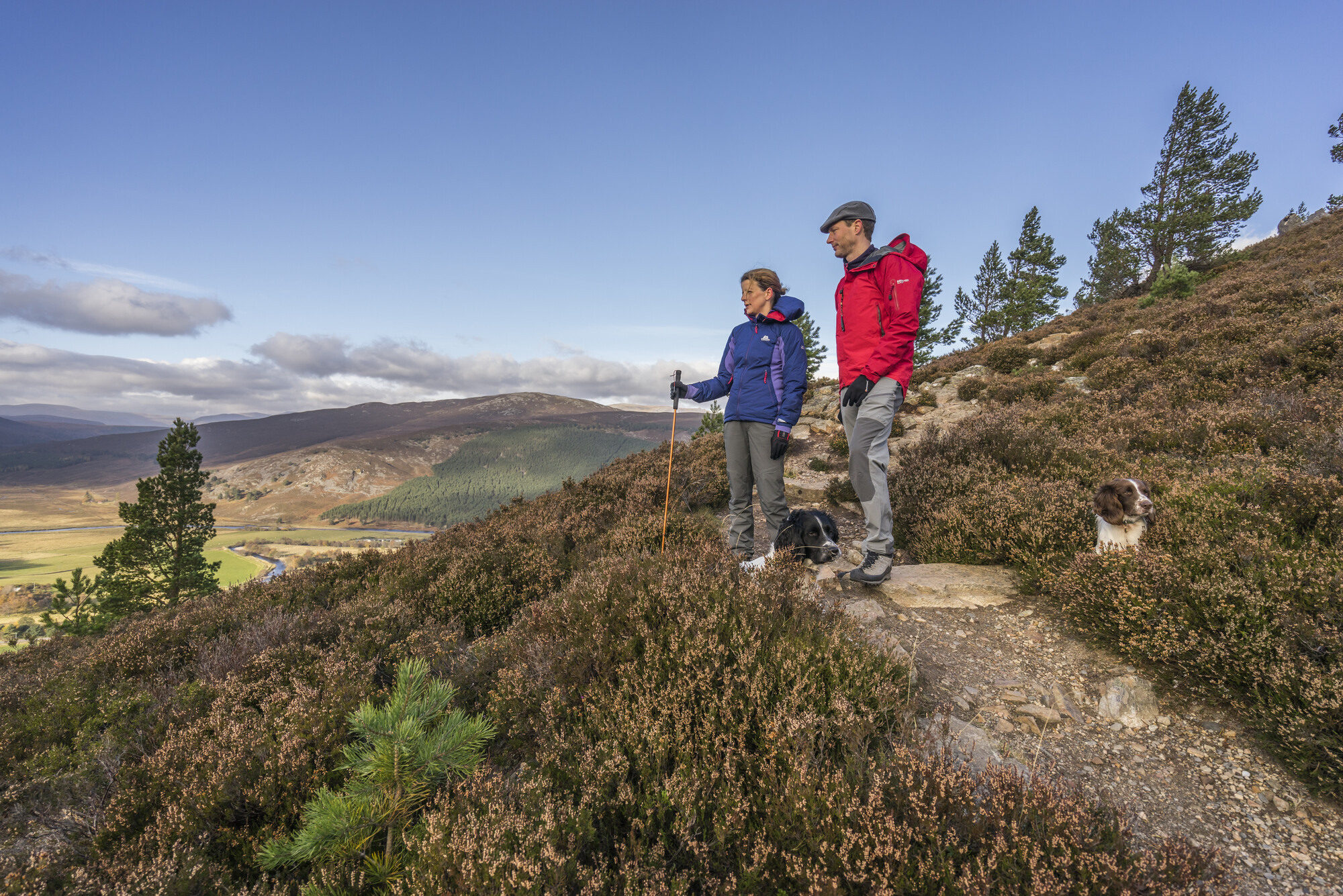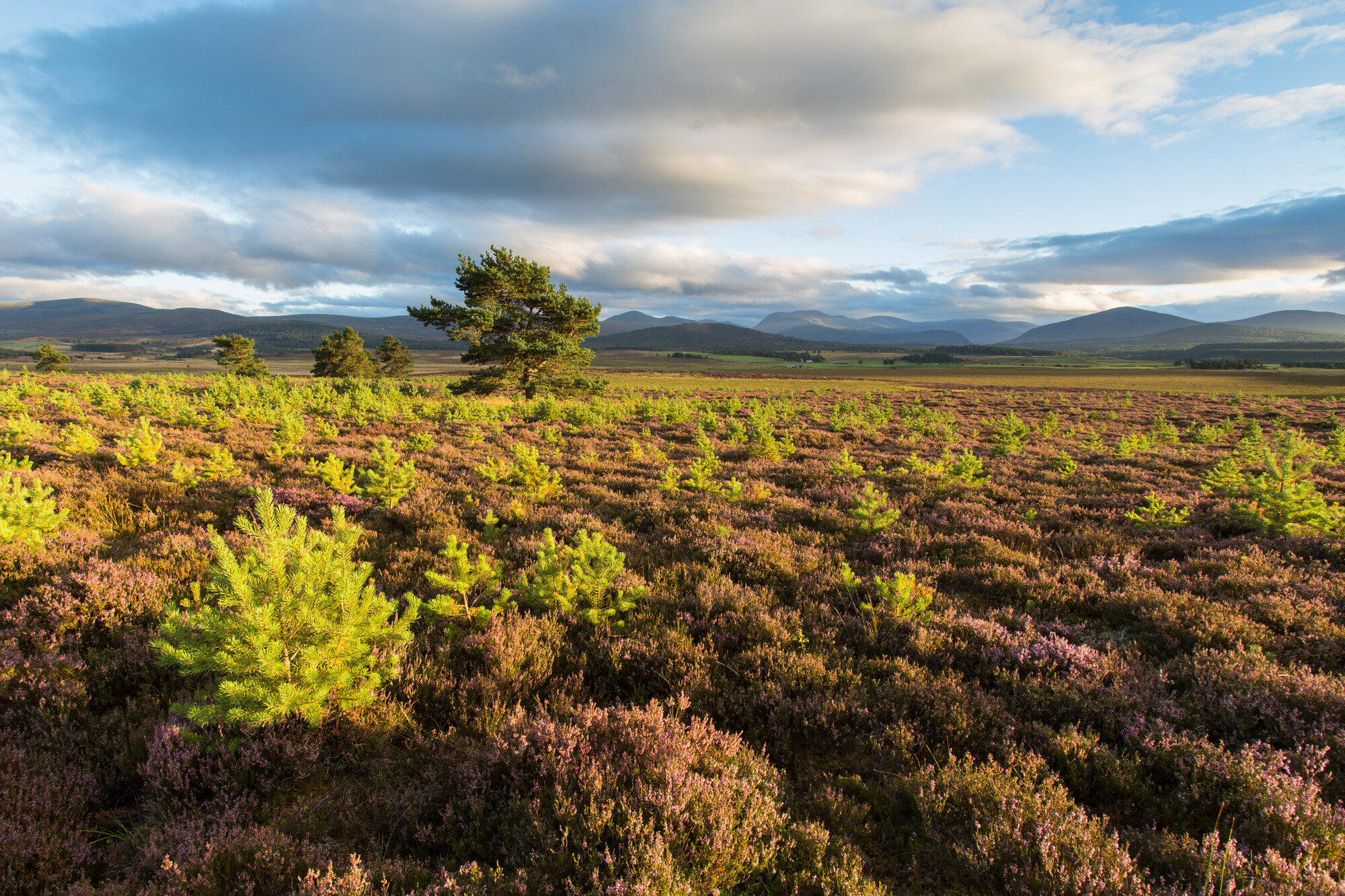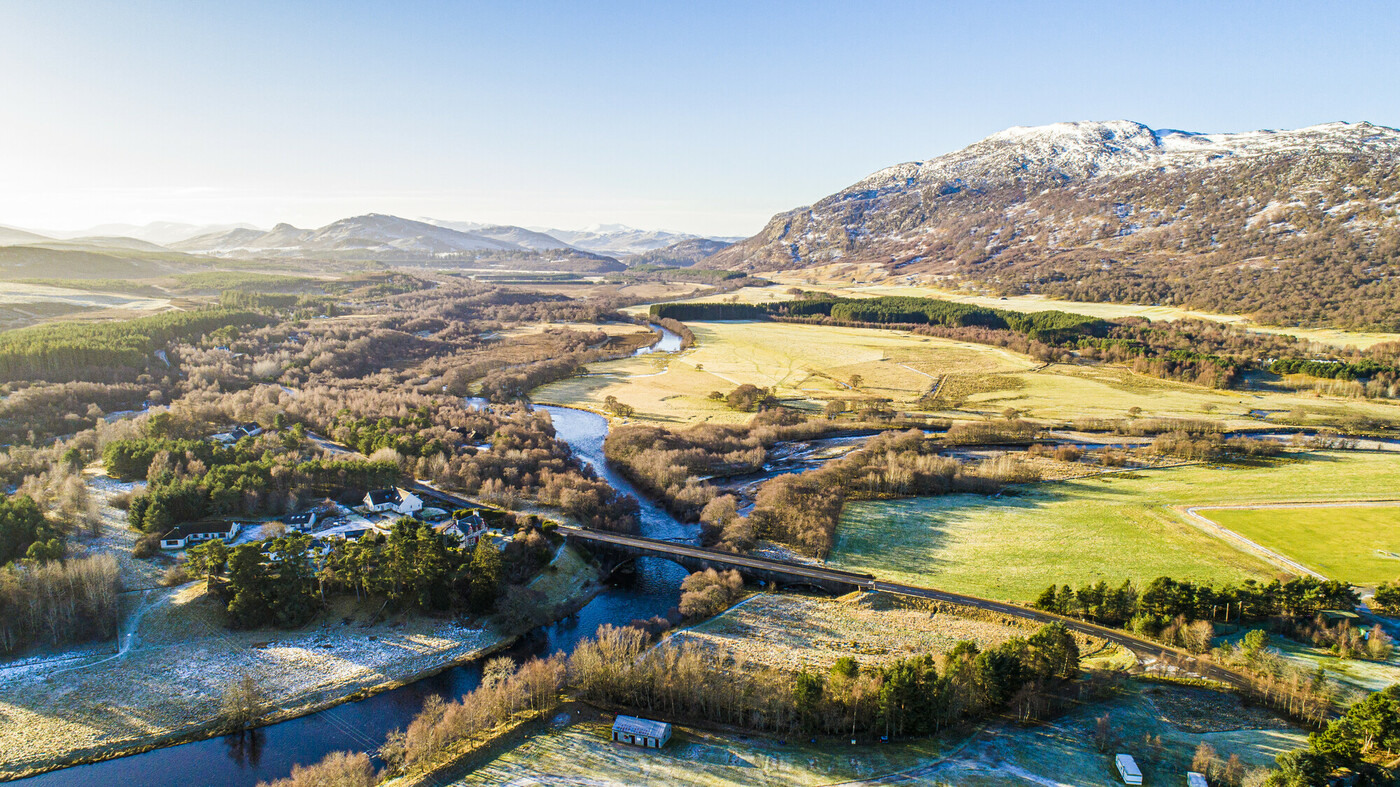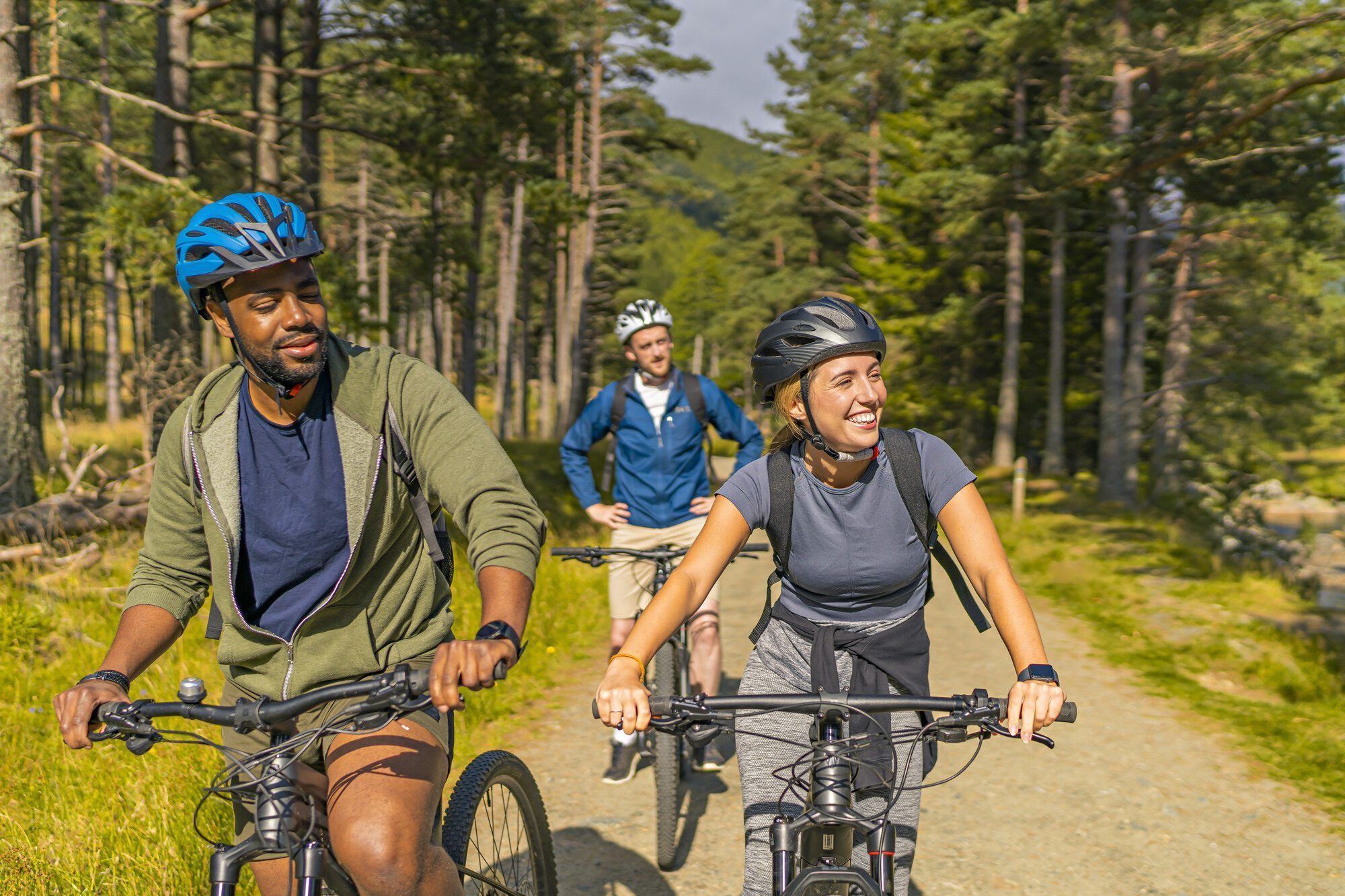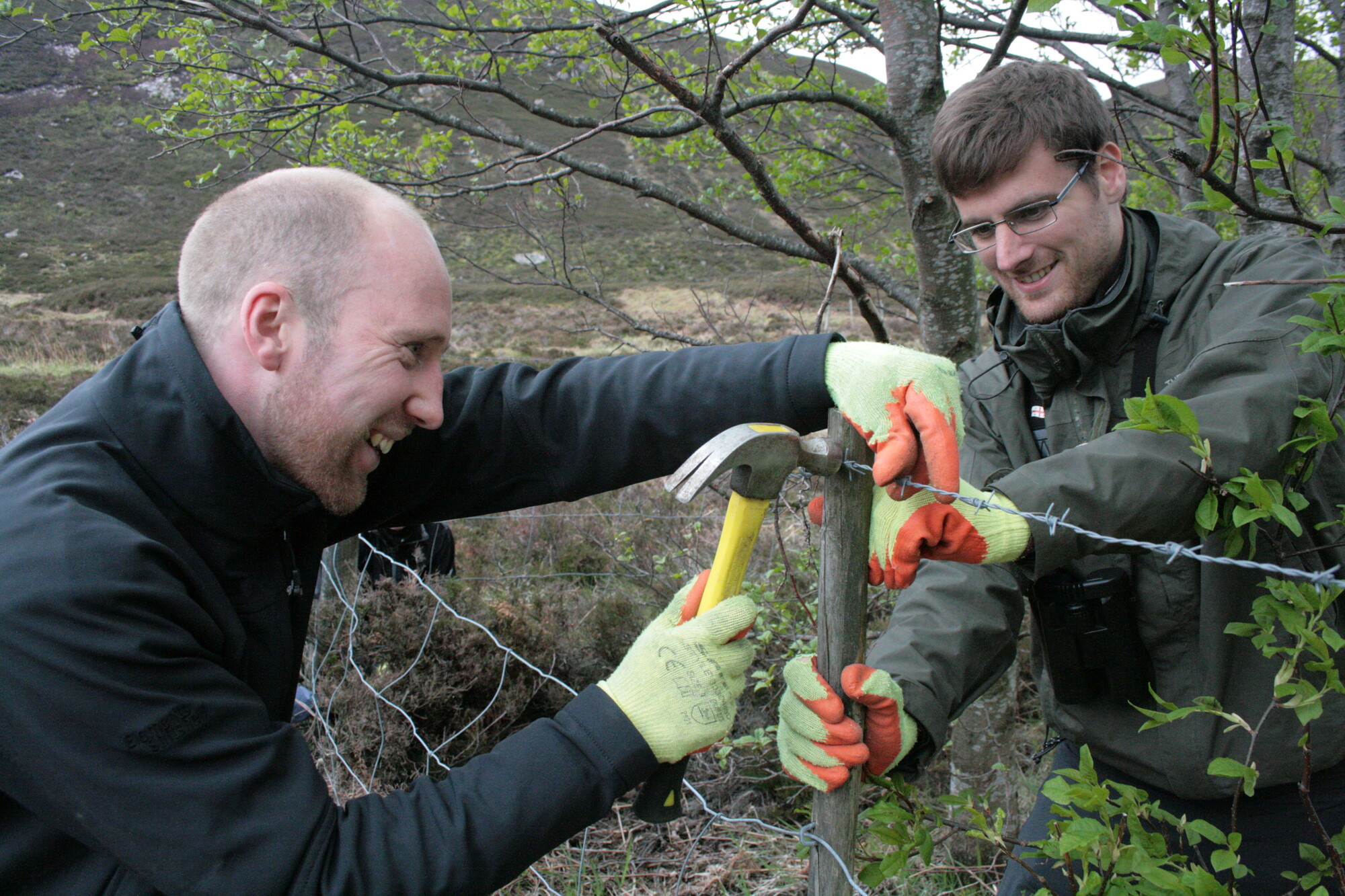Partnership Plan progress in focus at board meeting
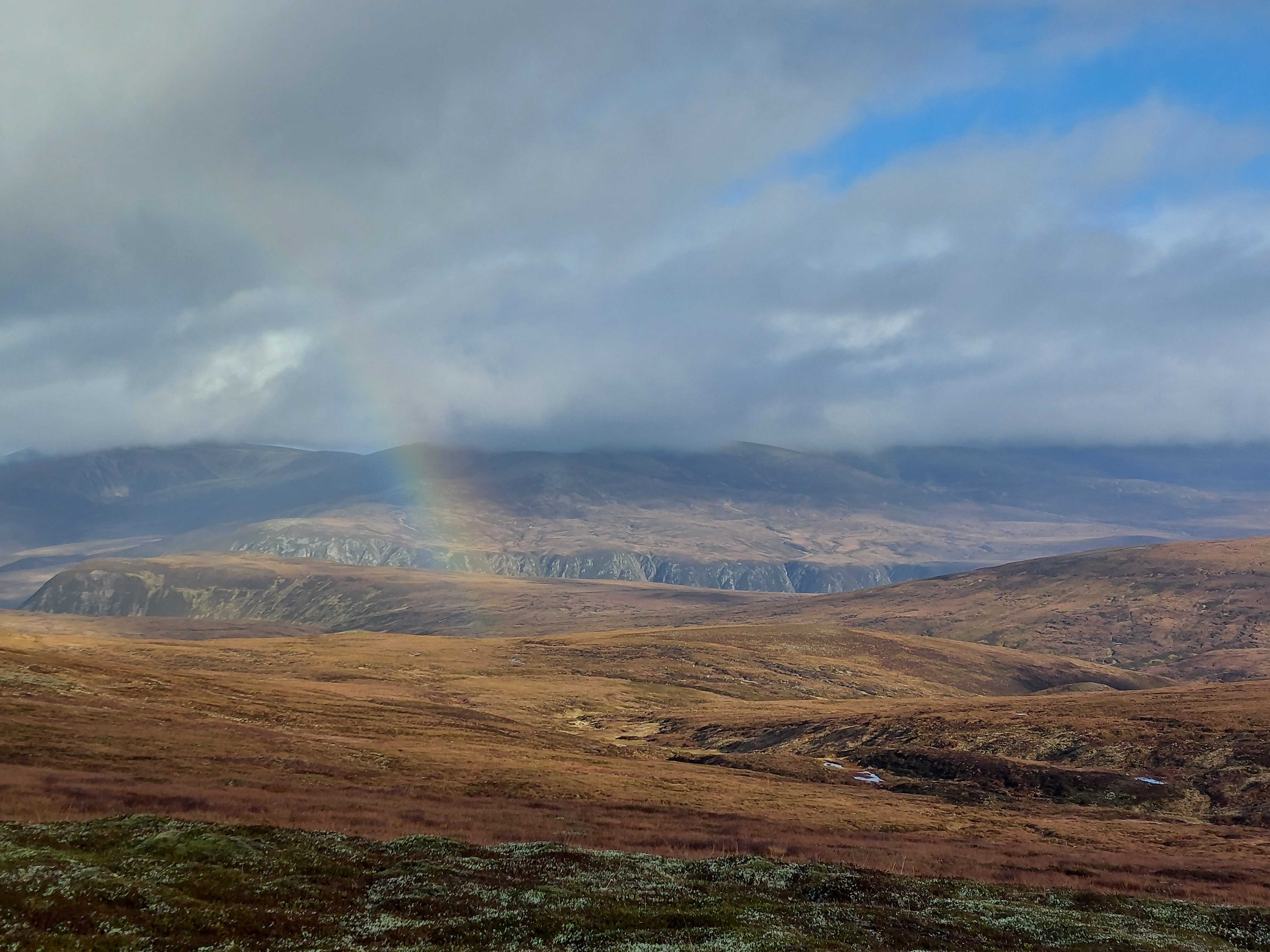
Partnership Plan progress in focus at board meeting
From peatland restoration milestones to advances in green health, significant progress has been made in delivering the Cairngorms National Park Partnership Plan.
The Park Authority board met at the Highland Wildlife Park in Kincraig today to discuss an annual report on the 2022-2027 plan as it approaches its penultimate year.
Of the 35 objectives outlined in the plan – under the themes of nature, people and place – 20 were categorised as green (showing good progress), 14 as amber (in progress), and only one as red (facing challenges). Highlights include:
- Surpassing our peatland target by 600 hectares, restoring more than 2,000 hectares in the past year.
- Securing £1.2m from the Scottish Government’s Nature Restoration Fund for conservation of key species including capercaillie and freshwater pearl mussel.
- Working with NHS Highland to roll out a green health referral system in all GP practices of Badenoch and Strathspey as part of the Cairngorms 2030 programme, ensuring nature can be prescribed on the NHS.
- Increasing the number of volunteer rangers to support visitor management work, rising from 30 in 2022-23 to 87 in 2024-2025.
- Delivery of affordable and mid-market housing in Badenoch and Strathspey via Highland Council’s Strategic Housing Investment Plan, including the construction of more than 20 homes in Kingussie and 80 in Newtonmore this year, with further developments in Nethy Bridge and Aviemore approved over the summer.
- Progress in active travel and public transport projects as part of Cairngorms 2030.
Objectives falling into the amber category include the Cairngorms Nature Index, which has been delayed until next year due to the complexity of data and availability of expert staff. It will feed into the next Cairngorms Nature Action Plan, which is also still in development.
The single red objective is maintaining the proportion of young and working-aged people in the National Park – probably one of the most challenging, against the backdrop of a national and rural trend that is influenced by external factors.
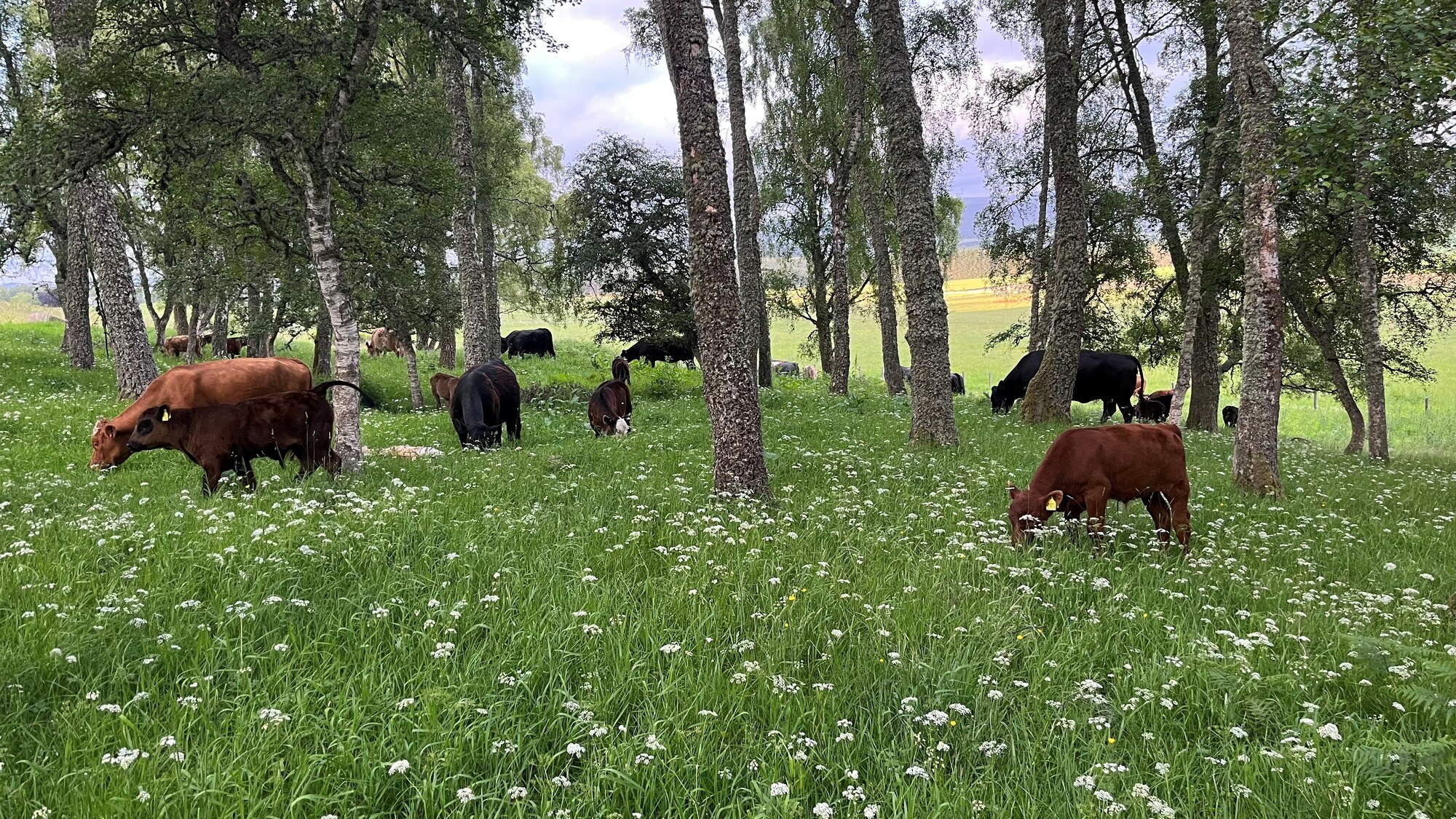
Farming activity in the National Park
The board were also updated on farming activity across the National Park from 2003 to 2023. It will feed into more detailed work about agriculture and policy as the next National Park Partnership Plan is developed.
Data taken from June census data shows that agricultural employment levels have remained stable; however, the amount of farm tenancies has dropped from 422 to 265, thought to be largely due to estates taking land back in hand. Other notable figures include a 28% reduction in cattle (compared to 13% Scotland-wide) and an 8% reduction in sheep (compared to 17% nationally).
The board report, written by Agricultural Adviser Malcolm Smith and Head of Land Management Colin McClean, outlines a range of challenges facing farmers, from extreme water scarcity to market volatility.
They note that many estates, farms and crofts are using no-fence collars to (re)introduce cattle grazing in woodland and on hill ground, benefitting the land and boosting biodiversity. A range of innovative approaches are also being used to take costs out of livestock production and reduce carbon footprint for arable.
The Park Authority is supporting farmers across the National Park through initiatives including the Climate Adaptation Fund and the Cairngorms 2030 Future Farming programme, and set up the Cairngorms Agricultural Advisory Group (CAAG) last year to provide advice to the board on farming.
A further study into the environmental, social and economic value of farming and crofting in the National Park is being commissioned in partnership with Scotland’s Rural College (SRUC) and Loch Lomond and the Trossachs National Park Authority; this will be brought to a future board meeting.
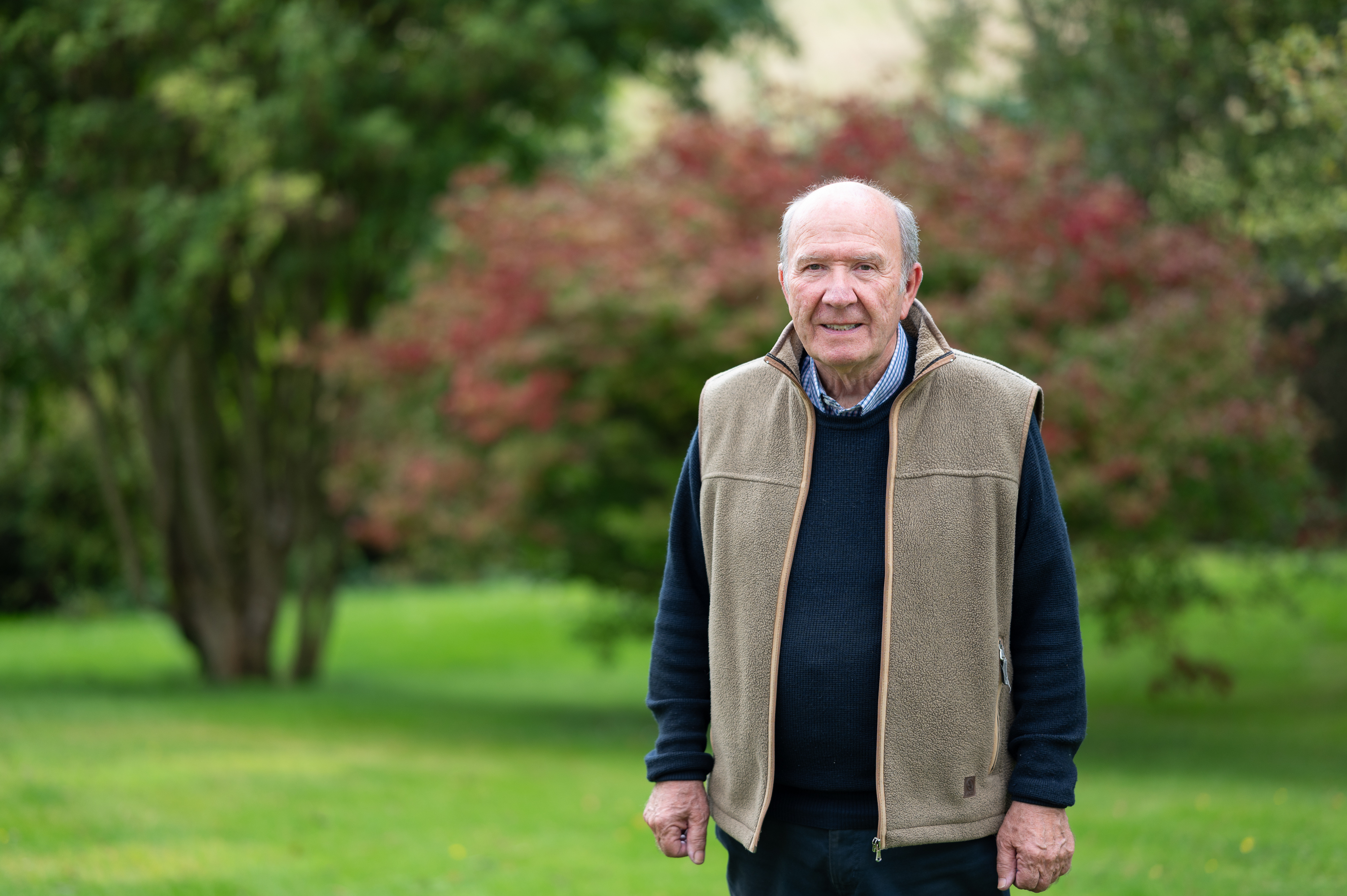
Welcoming Ian McLaren to the board
Today’s meeting was the first for new board member Ian McLaren, who replaces Chris Beattie as the representative for Angus Council.
Ian was elected as an independent councillor in May 2012, representing the Forfar and District ward. Now retired from running a business with his wife, he has extensive knowledge of the Angus Glens and surrounding areas and a keen interest in wildlife and conservation.
Related
Formal board meeting - 26 September 2025
Papers for the formal board meeting on Friday 26 September 2025, taking place at the Learning Hive at Highland Wildlife Park, Kincraig
Home
Partnership Plan
The National Park Partnership Plan is the management plan for the Cairngorms National Park, which has been approved by Scottish Ministers.
Staff and board
Find out more about the role of the Cairngorms National Park Authority board.
